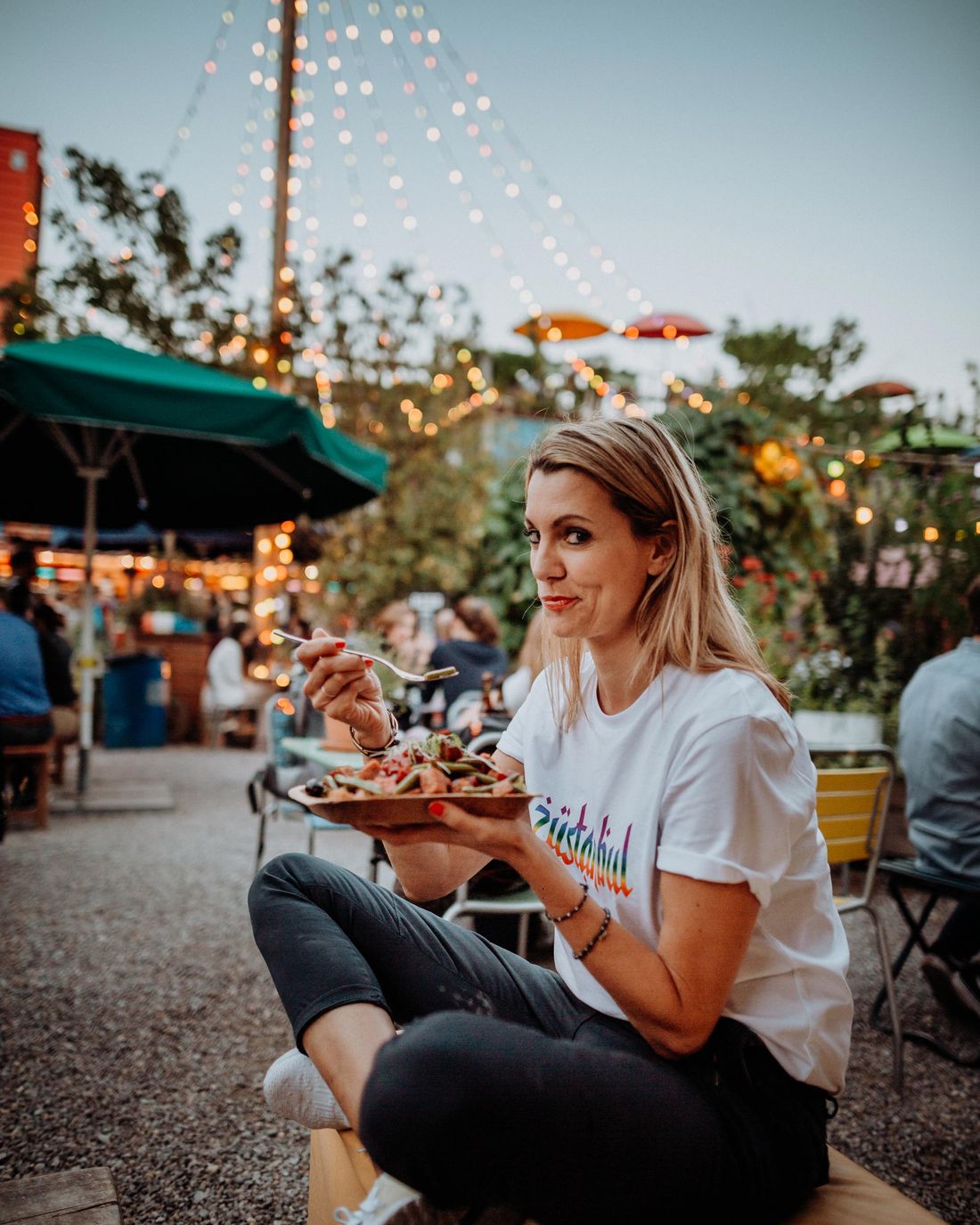
Dream, believe, do, repeat
Katja, an event entrepreneur, tells us how one brings urban no man’s land to life and why one builds green islands on rail tracks and thereby creates places to meet.
From castles in the sky to real-life christmas worlds
When Katja came to Zurich for the first time, she was impressed by the beauty of the city. Originally planned only as a stopover, Zurich has not let her go and it has become her home. It is due to her personal search for relevance that Katja no longer merges companies but instead brings people together by creating special places in Zurich. What she never thought possible has become a reality.
Katja can tell something about practically every circle in Zurich. No wonder she is out and about here every day. She rides through the city on her blue racing bicycle, takes the similarly blue tram or transports materials in a Hertz van to the next event location. Katja knows the city inside out and shows us both small bars and urban wasteland. Definitely enough inspiration to explore the city on the Limmat on a weekend.
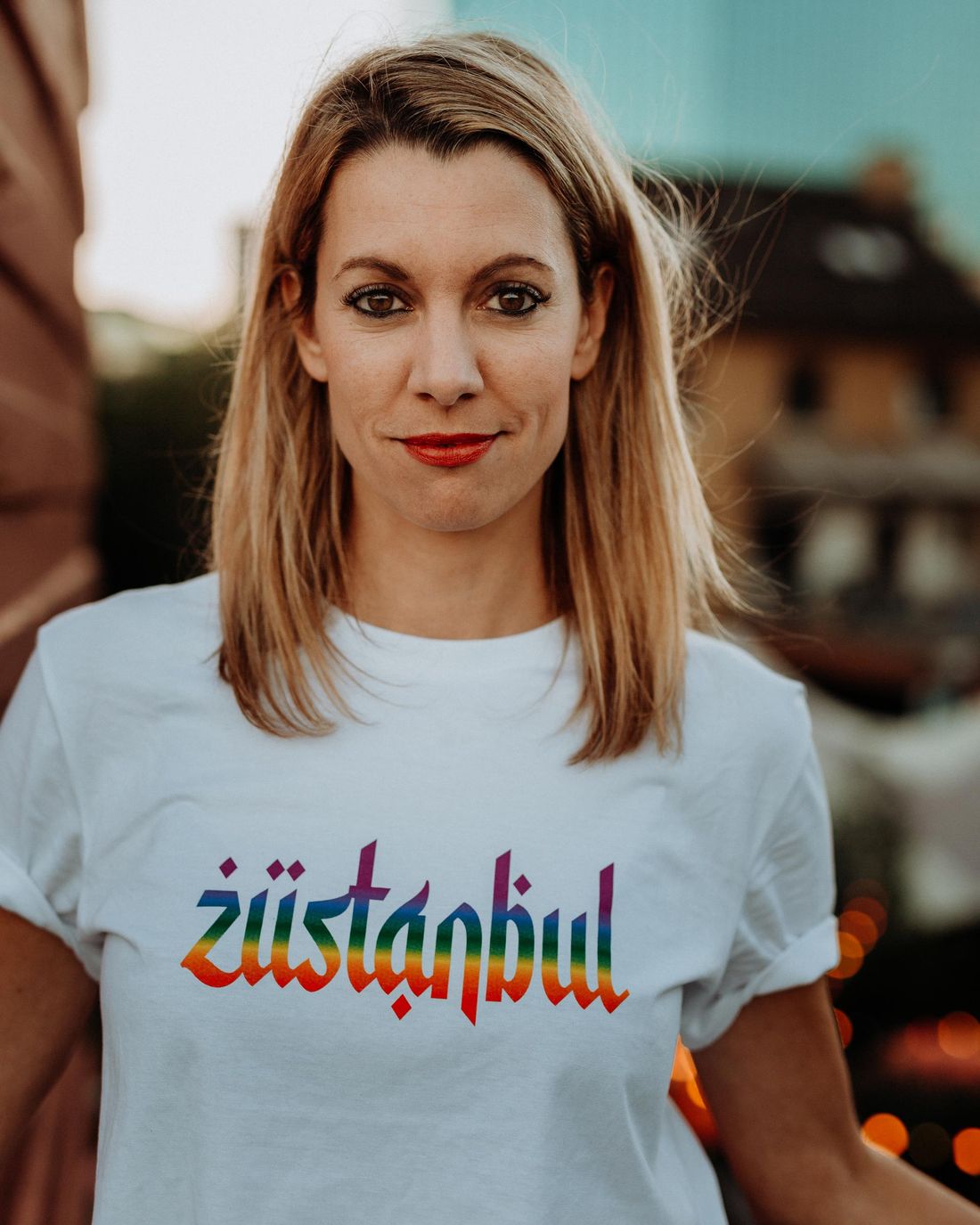
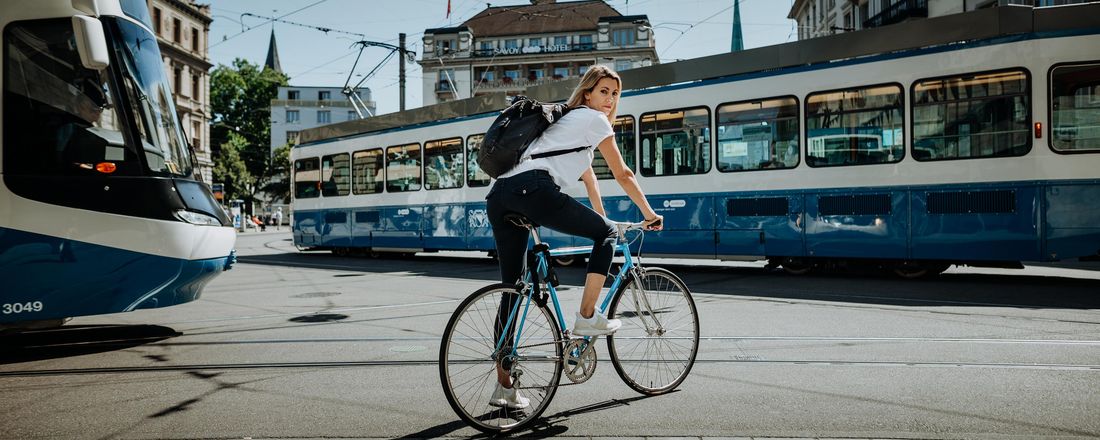
Let’s do it
«Things get done by doing them,» says Katja, explaining her credo. She grew up in Germany near Saarbrücken, and even as a young woman she never missed an opportunity to create something out of thin air. The birth of a large number of projects was an iconic night market that she organised together with a friend, at the time unaware that one day this would become her main business. She succumbed to the allure of entrepreneurship and studied economics. She was financially dependent on a job, but this had positive side effects. Instead of boning up on dry theory, she worked as a student trainee at the then newly listed on the stock exchange software company IDS Scheer AG and learned in practice how business evaluations and takeovers take place successfully. When she was 20 years old, she found this innovative and international environment exciting. Katja describes the motivation for the job as follows: «I have always liked figures. They can be relied on.»
The finance world impressed her. She worked in the investment banking sector at IDS Scheer AG, and she continued her studies in the following years in Australia and South Africa. Back in Germany, she eventually switched to the consulting side. This paved her way to Switzerland, and due to an internal application for a position in Zurich, she found her new home. The more Katja worked with figures and balance sheets, the more she became interested in a much more complex structure: the company itself. Trying to understand ideas and corporate structures during company takeovers fascinated her. Smaller companies that were largely run by the owner especially inspired her, and so the interaction with these sharp and innovative minds was very valuable for Katja.
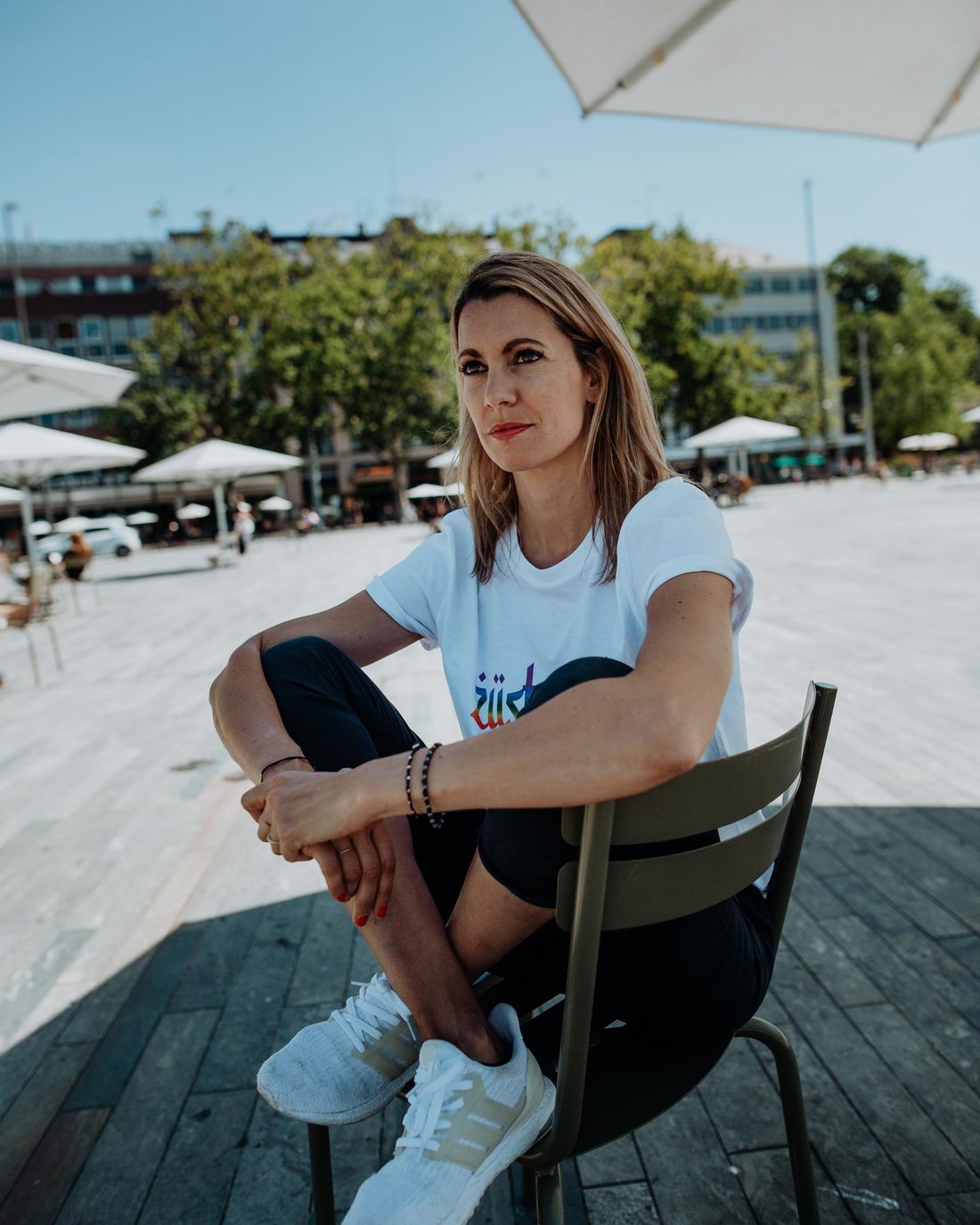
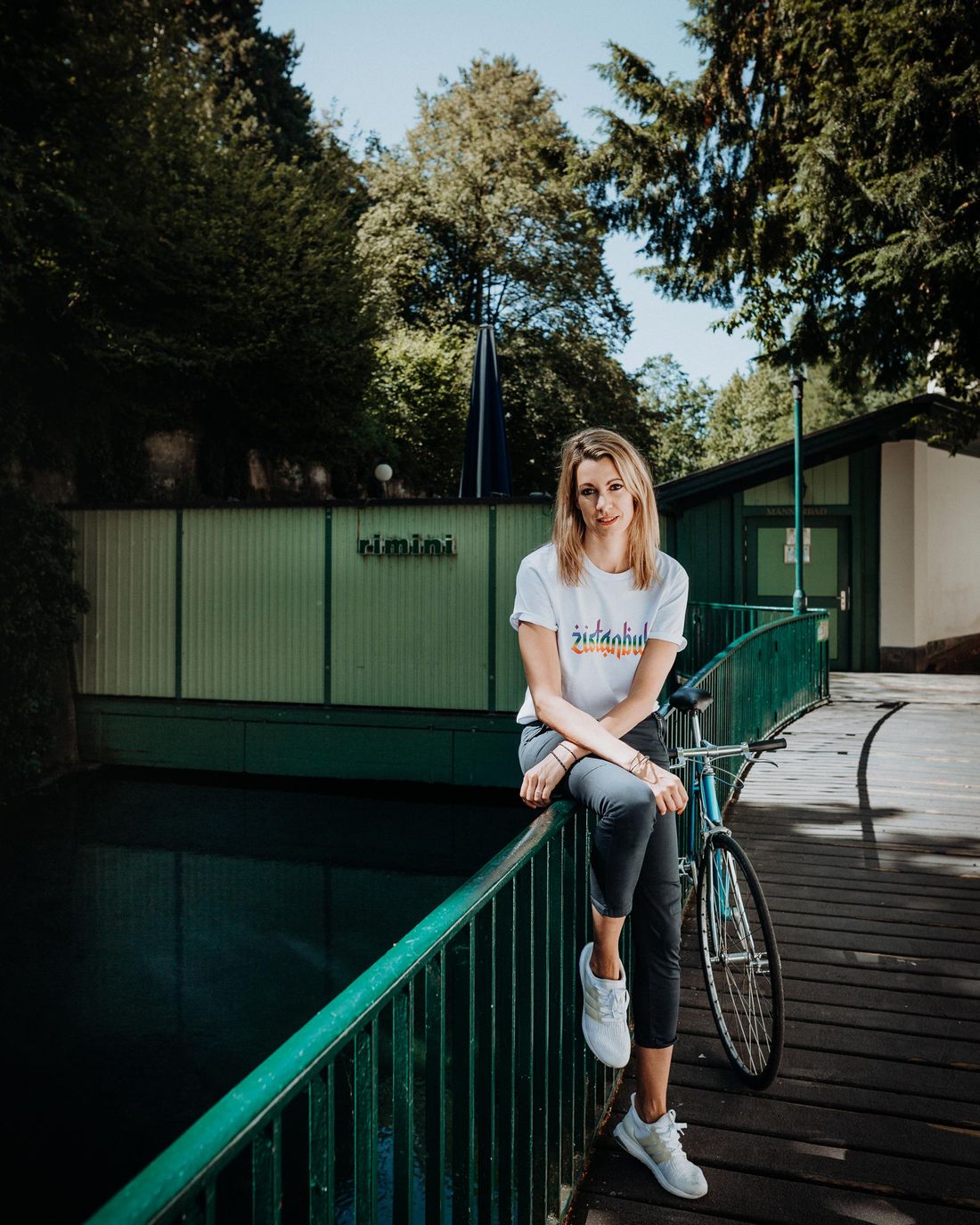
In order to answer the increasingly arising question of meaningfulness, Katja searched for a tangible and sustainable change. A sabbatical in India changed her perspective. After taking part in an aid project, which worked in its microcosm, Katja was disillusioned by her modest influence on the entire system. Nevertheless, after her return from India, she abided by one of her conclusions: to change something in her own community, and she was at peace with not having to save the whole world immediately. With this pragmatic approach, she began a new phase of doing – quite practical and local in Zurich. Her first project, which she began together with a friend, was the Monday market at Badi-Rimini-Bar on the water, a marketplace for design that to this day takes place at various locations in Zurich. Out of a desire to create places for exchange and being, eventually many other projects together with her business partners arose as well: from Frau Gerolds Garten to the ever-growing street food festival to the long-awaited Christmas events.
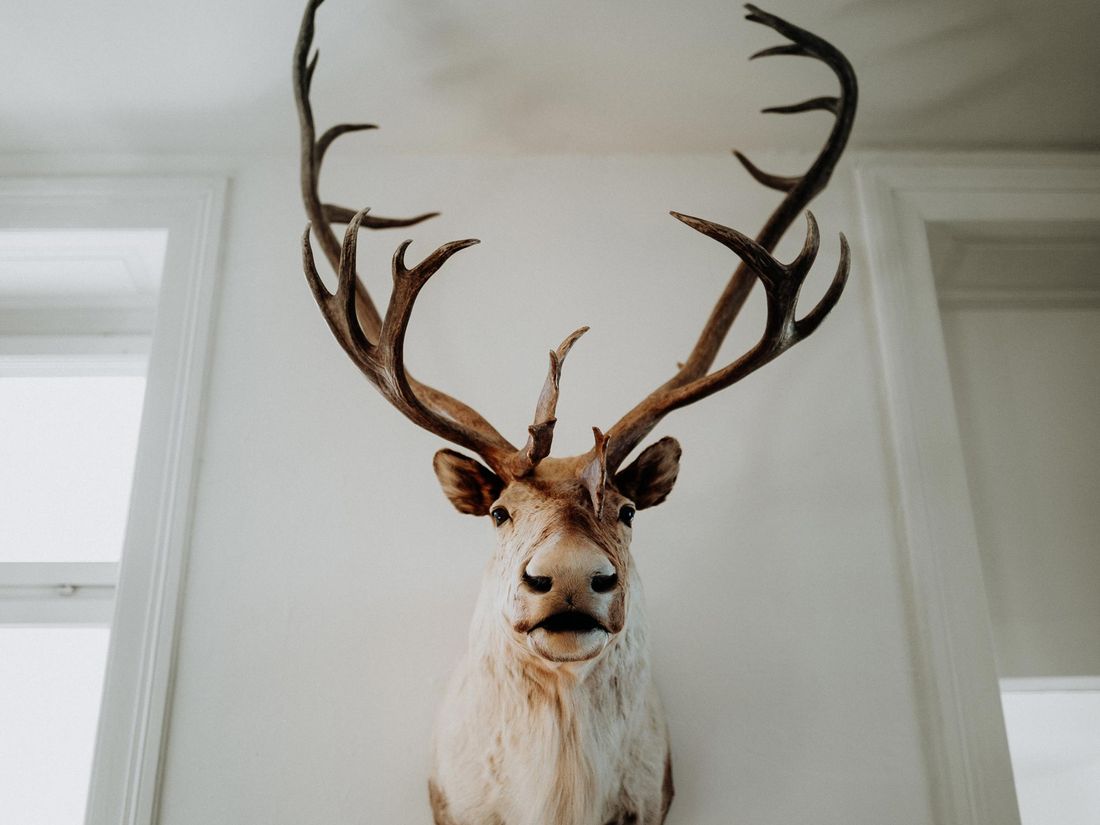
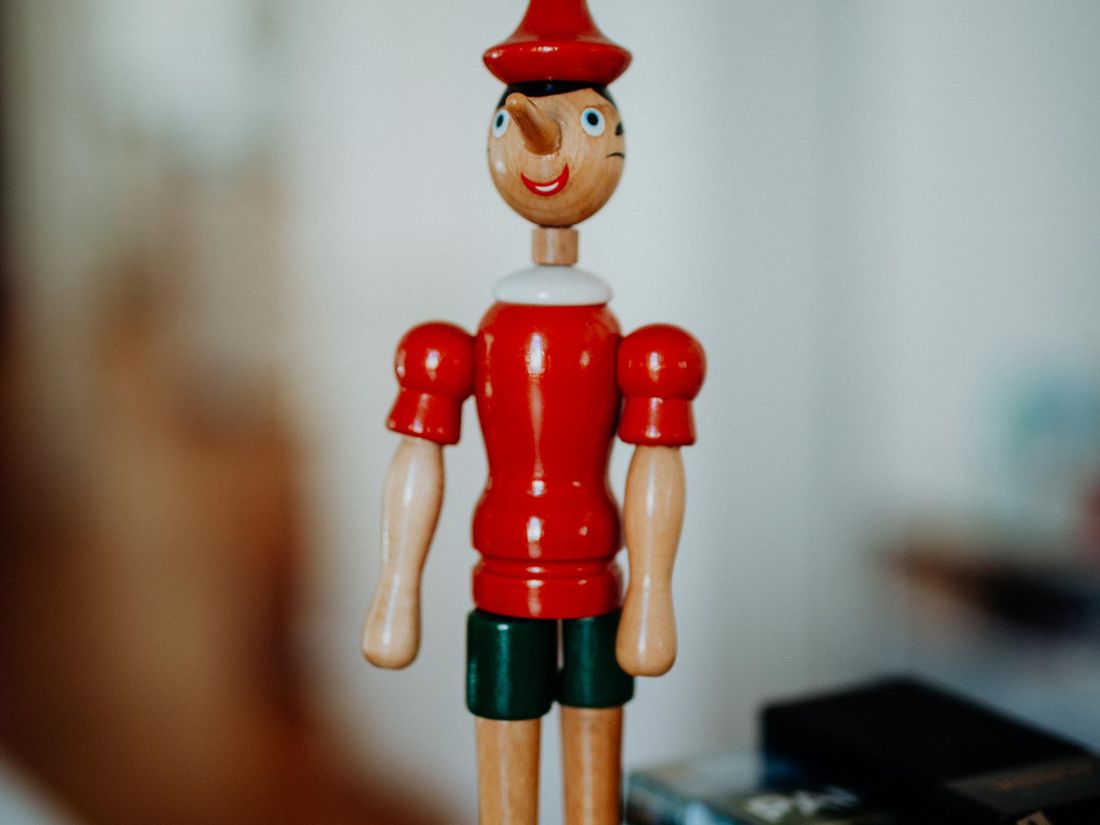
Between desire and reality lies a lot of space
Be it on a summer Saturday evening with friends in Frau Gerolds Garten next to the rail tracks of Hardbrücke Station or on the ice rink in the Christmas village in Sechseläutenplatz, one can enjoy the city of Zurich in summer as well as in winter. That these places exist is not as natural as it seems. Katja and her partners have put a lot of lifeblood into these projects, and in recent years they have taken a few detours together.
Katja was completely perplexed when she experienced her first winter in Zurich in 2006 and did not find a classic Christmas market anywhere. «This beautiful city, which in summer has so much to offer, did not have a Christmas market?» She refused to believe it. In her German home, Christmas markets have always been a tradition and an integral part of winter – probably the best place at that time of year to meet friends. And so, the desire was born: She wanted to create for Zurich a place to meet in the cold season.
When Katja, together with a business partner, presented the idea for the Christmas village for the first time to the city of Zurich, the rejection came immediately. «I felt as though I had been hit in the face with a sledgehammer,» she says retrospectively, describing the meeting. But the idea stayed with her and she looked for other places and formats: The first Christmas markets took place as «indoor Christmases» in clubs: at the Mascotte, then at the Plaza and finally at the Maag Halle. Katja recalls the wonderfully kitschy and cosy atmosphere that welcomed the visitors when they entered the Maag Halle and the typical smell of cinnamon, biscuits, oranges and Christmas that hung in the air. Not only the visitors were impressed. This market was of great importance for the small exhibitors because precisely these places were predestined to be places for designers and concept stores to bring their art to Mr and Mrs Zurich – in real life and far away from digital competition.
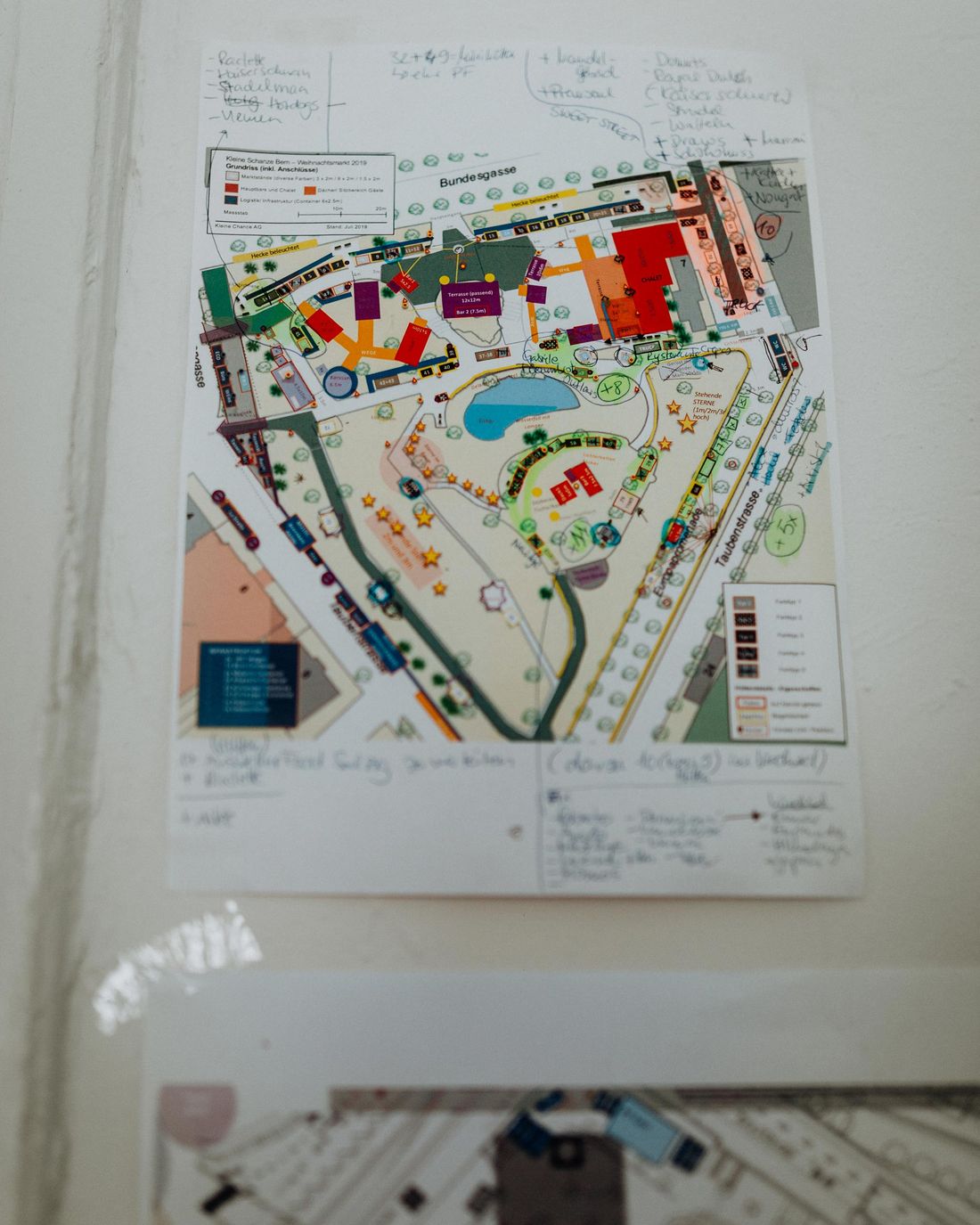
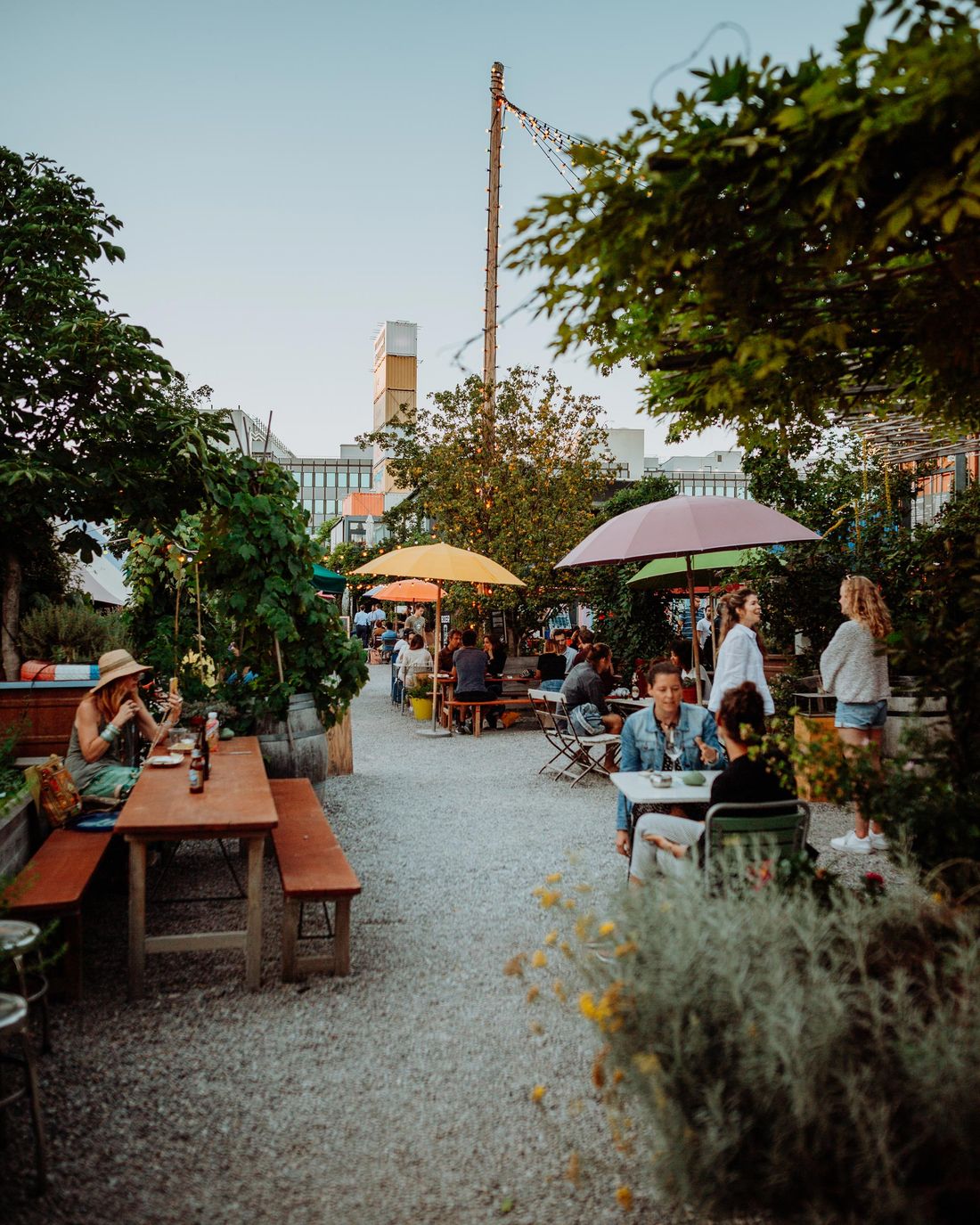
Nothing brings people together more than eating together. And nothing makes people see each other as equals more than cooking together. «What a wonderful way to foster understanding between peoples.» With this fundamental attitude, Katja and her partners created the first street food festivals, which since 2014 have developed into temporary culinary hotspots in Zurich. The «foodies,» as Katja calls the various vendors of delicious dishes, were initially sceptical. After much persuasive effort, 30 exhibitors came on board. Following the success of the first edition, it continued quite differently from then on. Inspired by the pioneering spirit of the first 30 foodies, suddenly there were 70 and eventually 120 exhibitors in the space. Always in search of new places, the artificial ice rink at the Dolder and finally the wasteland that was once Hardturm Stadium became the new home for the food festivals. Today when Katja stands in this otherwise empty place and describes who cooks where and how the goings-on proceed, one can literally feel the fascination with which she creates a place out of urban wasteland where people from all over the world come together to cook together and share life. Although the dishes are very different – from Swiss raclette to African samosas to Tibetan momos –, being together is what matters. And so, year after year, thousands of hungry guests make the pilgrimage to the place.
At the end of 2014, a long-desired opportunity arrived. The city of Zurich invited people to take part in a competition to organise a large Christmas market in the brand new Sechseläutenplatz for the first time. «We were so ready!,» says Katja with a laugh, looking back at all the know-how that her team had acquired over the years. The stringent demands in the dossier were very easy for her to meet. Within a short amount of time, the dossier with over 100 pages was ready, topped off with many photos of their previous events. And the city was courageous enough to give this seven-headed team a chance to meet the challenge: to populate a Christmas market in the 16,000 m2 second-largest inner-city space in the middle of the cold winter. «Oh my god!,» says Katja, describing her reaction to the challenge retrospectively. After a demanding year with many sleepless nights, the cosy Christmas village with over 100 stands was toasted with mulled wine in front of the spectacular backdrop of the Zurich Opera House in December of 2015. Completely exhausted but emotionally high, the gang from Zurich had brought their dream project down to earth.
For the past five years, every November Katja stands in the square in the early morning hours when the big Christmas tree is delivered and imagines how in less than two weeks the Christmas village will awaken. With her friends and her parents, she also wanders through the village with a glass of mulled wine in her hand and is grateful that she is allowed to create such places.
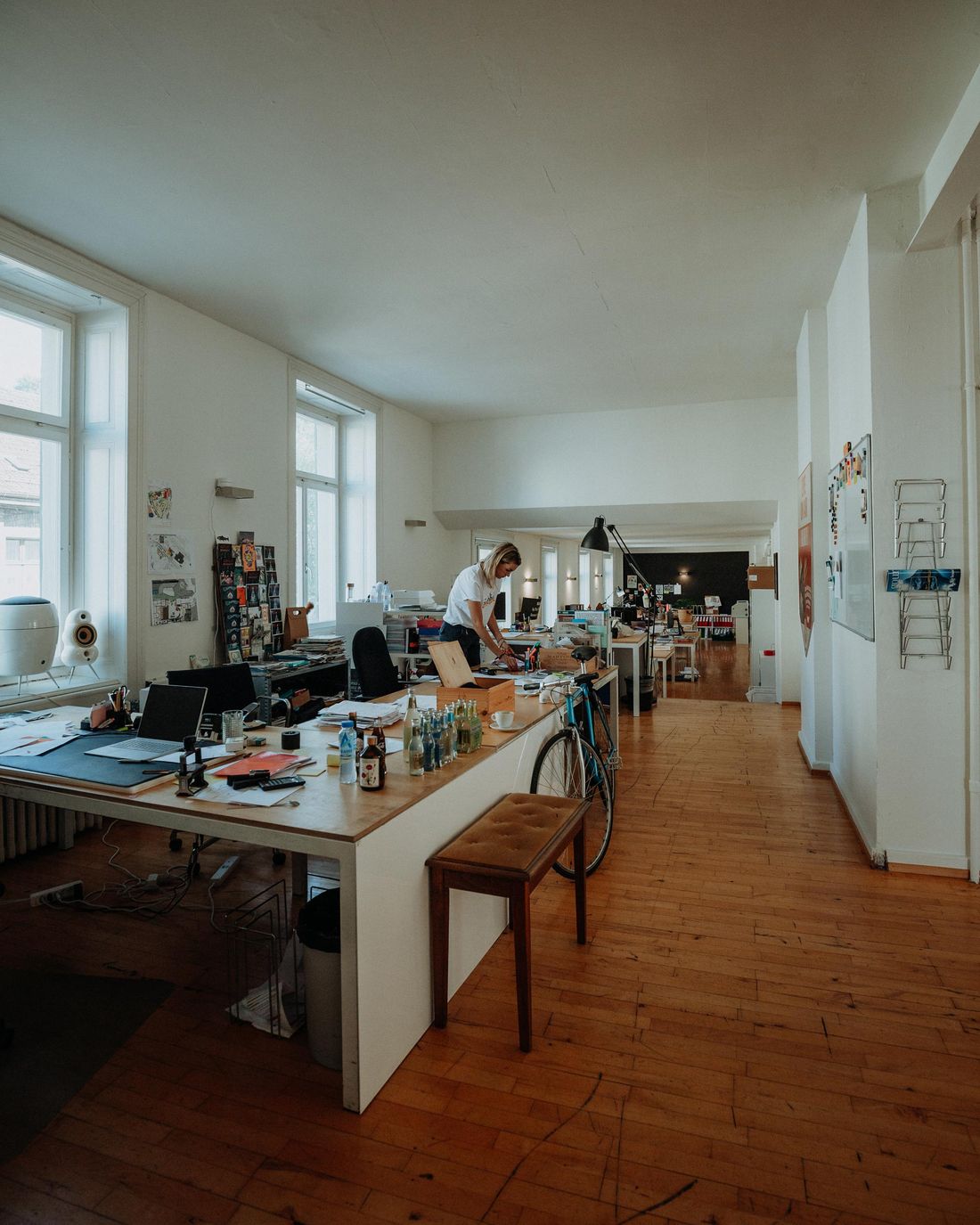
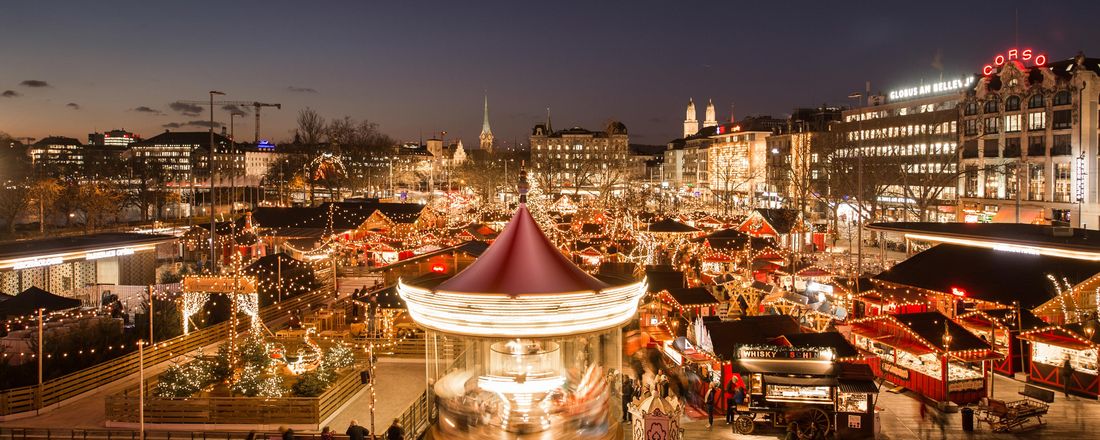
The event headquarters
An enormous elk head and a variety of Christmas figurines decorate the office in Zurich’s District «Kreis 5,» where the team discusses the next ideas for events. The seating arrangement varies depending on the project when the partners, teams and employees sit down together. Katja sits right in the middle, and as the initiator of their joint projects, from the beginning she participates in leading the development and planning of the first edition of the events. «Each of us has a different role.» With her basic trust in this configuration, she remains determined and consistently pursues her goals.
As she talks about the Illuminarium, the winter wonderland of illumination, illusion, music and cuisine at the Swiss National Museum, Katja says that a few unplanned things have also happened before openings. For the unique lighting mood, lighting installations from Apulia in Southern Italy are used: large structures fitted with LEDs that glow very colourfully in summer. From the light show to the food stands, everything was ready on the eve of the opening, only something was wrong: The lighting installations had gotten stuck at customs and had only just arrived. The team was enjoying the atmospheric and winterly ambience in the inner courtyard of the Swiss National Museum when it suddenly became as bright as day. The reason: The lighting installations had been powered up for the first time. Everyone looked at each other in shock and had the same thought: The opening tomorrow cannot take place like this unless all the visitors were to come with sunglasses.
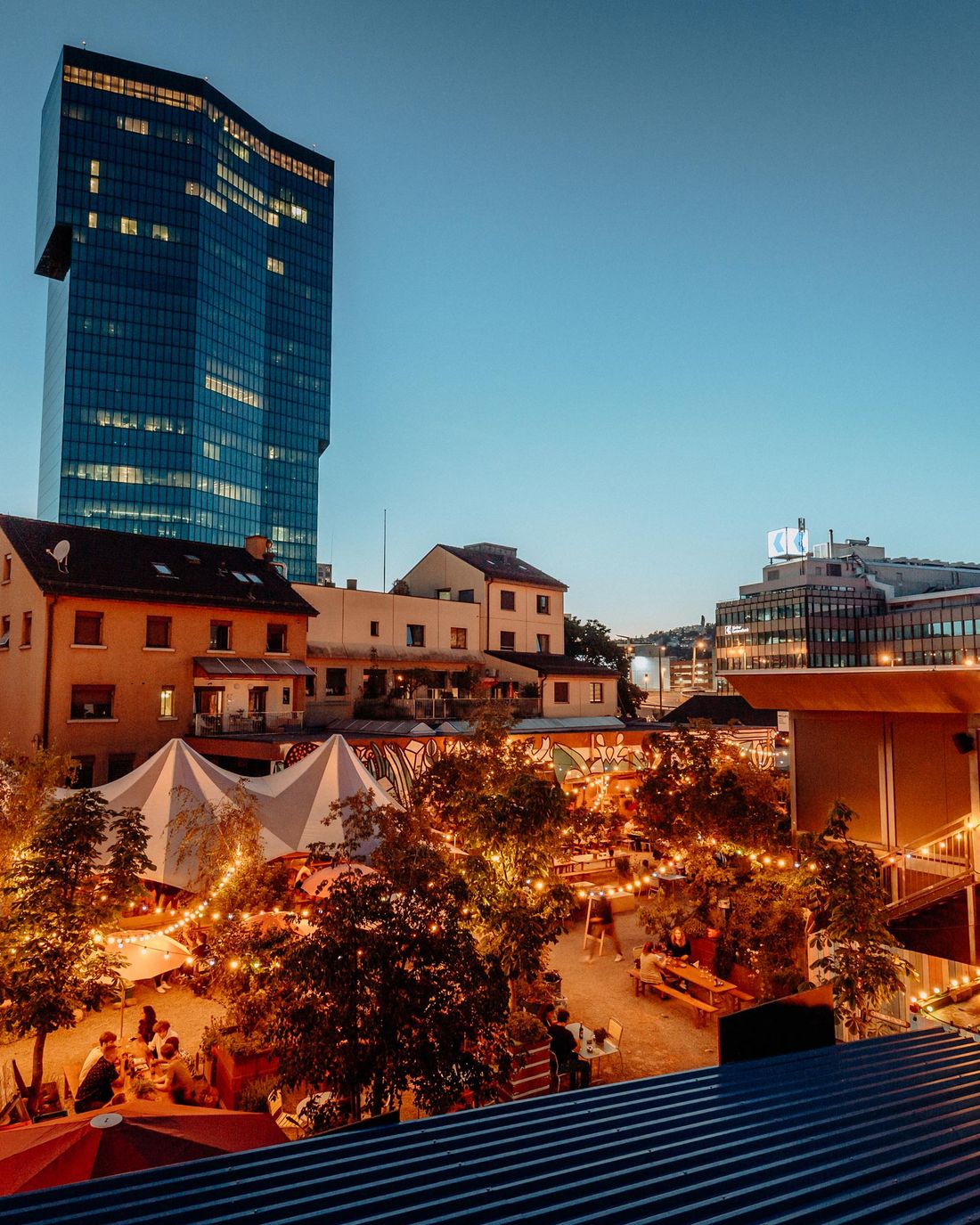
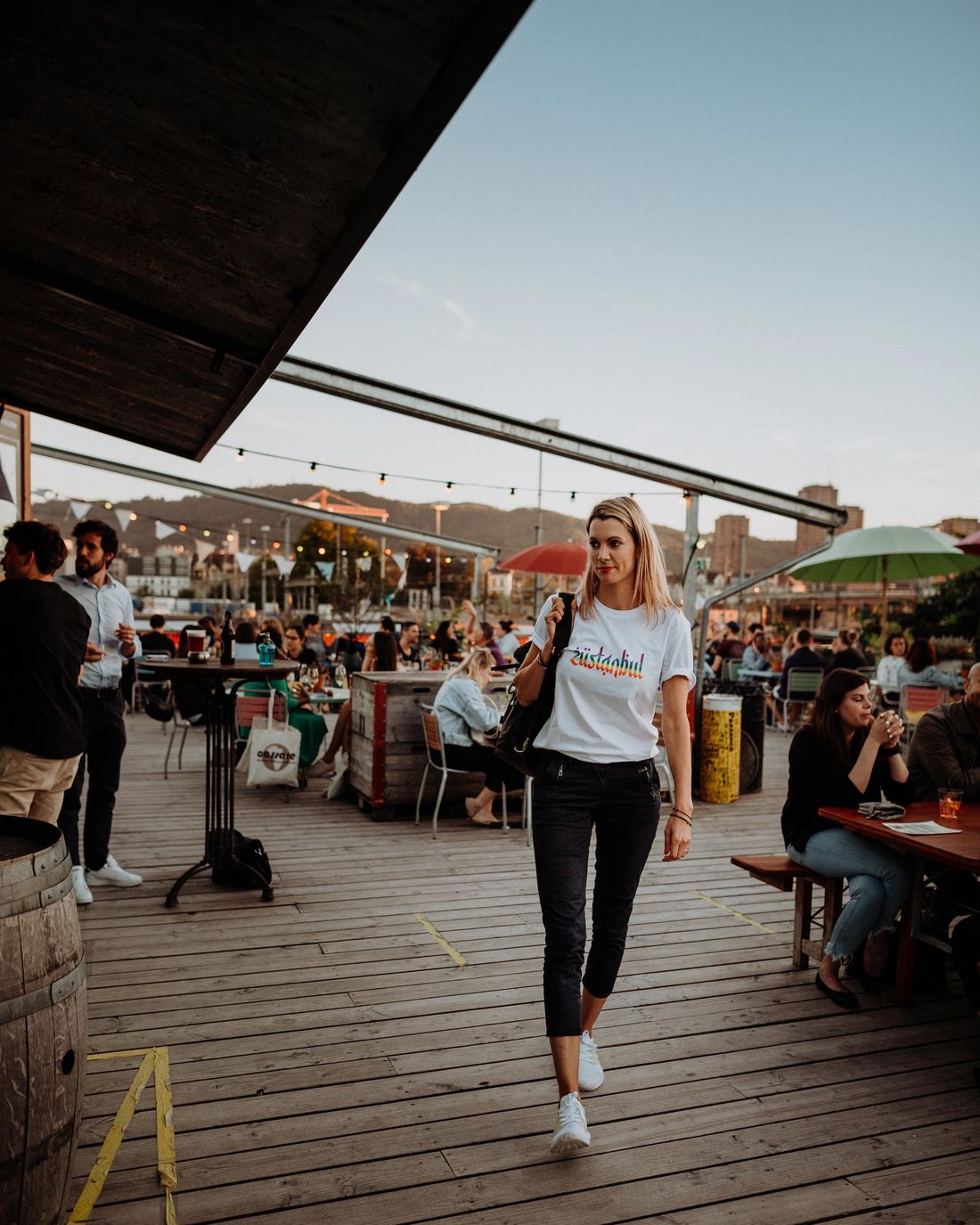
After a few incomprehensible telephone conversations with the manufacturer in Italy, it was clear that they would be on their own. Knowing that there was nothing they could do about it, their electrician was the last hope. This was one of the aforementioned sleepless nights – the longest of them all. The next morning, serenity prevailed: The gifted electrician, who to this day is hailed as a hero, was able to reduce the light intensity by burning the midnight oil. Even though to this day Katja does not know exactly what the electrician did, the lighting installations now blended in with the Christmas winter landscape. The opening was able to take place as planned.
The numerous events that she has already been able to organise give her the energy for her other activities. Evenings with friends are an additional source of energy for her that give room for discussions and facilitate the contemplation of ideas. Even when that does not exactly solve current problems, the mutual exchange and being together does a lot for her. The view of Lake Zurich and the mountains from Bellevue Square cause her to pause for a moment time and again, turn off her mind and take a cool swim at «Seebad Enge» by the lake. And when she allows herself to unwind in the evening with friends at Rimini Bar, the otherwise very busy Katja can relax. And so, it is still her goal to bring people together, even if in the future perhaps new designs are needed.
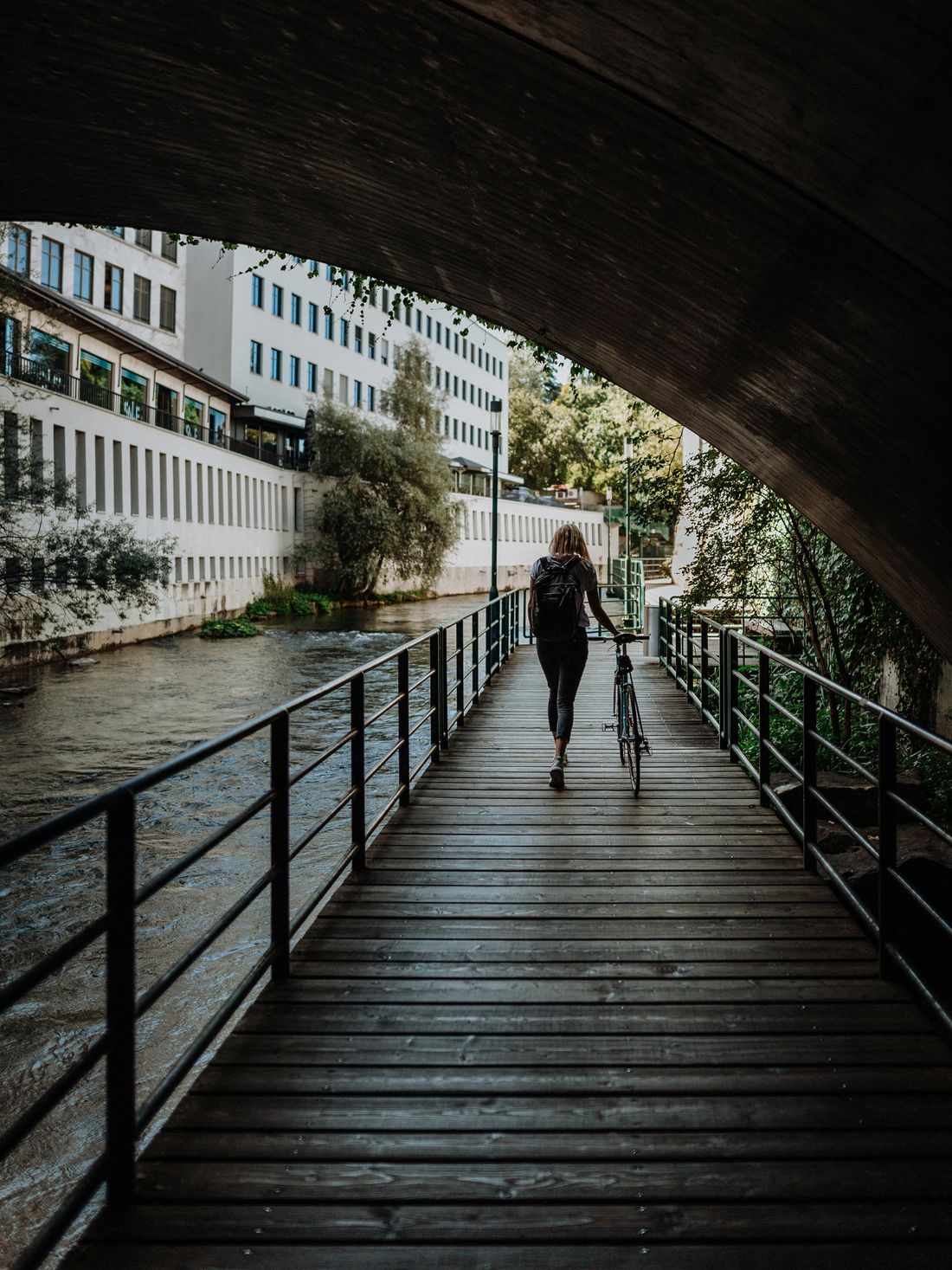

Dreams for the future
«Only when people build castles in the sky together can a foundation later come into being and an idea become reality. The Christmas village was just such a castle in the sky. Dreaming is important groundwork, but at some point, one has to make it happen, even when there is a risk that it will not work. Out of 100 ideas, you can often only implement one,» says Katja about her passion and her career.
She finds inspiration when travelling. The idea for the lighting installations arose during a holiday in Southern Italy. Other project details also hint at the source of inspiration: The idea for the containers at Frau Gerolds Garten has its origin in Panama, where many buildings are made from containers due to wide availability. Inspiration can certainly be local. In addition, Zurich, with its diverse cultural offerings, offers the best environment for someone like Katja. She is currently inspired by organisations, foundations, start-ups, labs and activist groups that are looking for solutions for the future sustainability of our world. Being a source of inspiration to each other – this way of working thrills Katja. She excitedly tells us about urban sourcing, whereby the city’s trash is used for the development of building materials.
She would like to adapt the lightness previous projects entailed to a platform for sustainability issues. She is working with an interdisciplinary team on ways innovative ideas are developed sensually and brought to the populace. There are already some initial projects: In late summer last year, Frau Gerolds Garten hosted the NEA Summer School, where young artists and environmental scientists developed joint projects related to sustainability. Katja keeps up with the times. With the goal of making the future palpable and perceptible and to inspire and motivate the people of Zurich, in her daily life she is helping to shape a sustainable Zurich. So perhaps very soon the first sustainability festival will take place.
